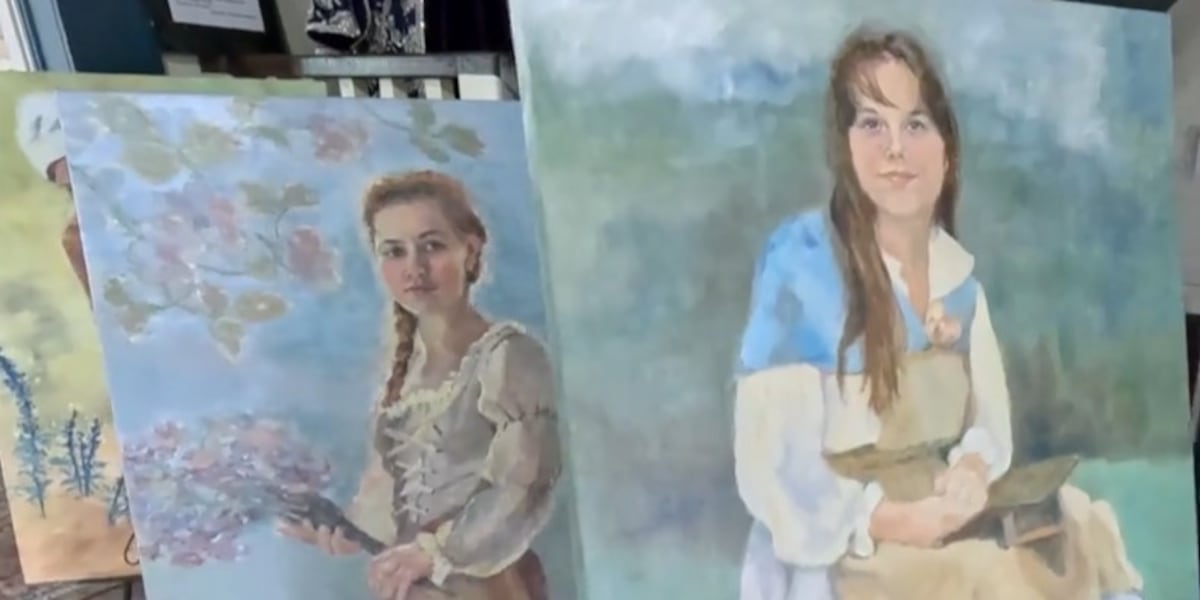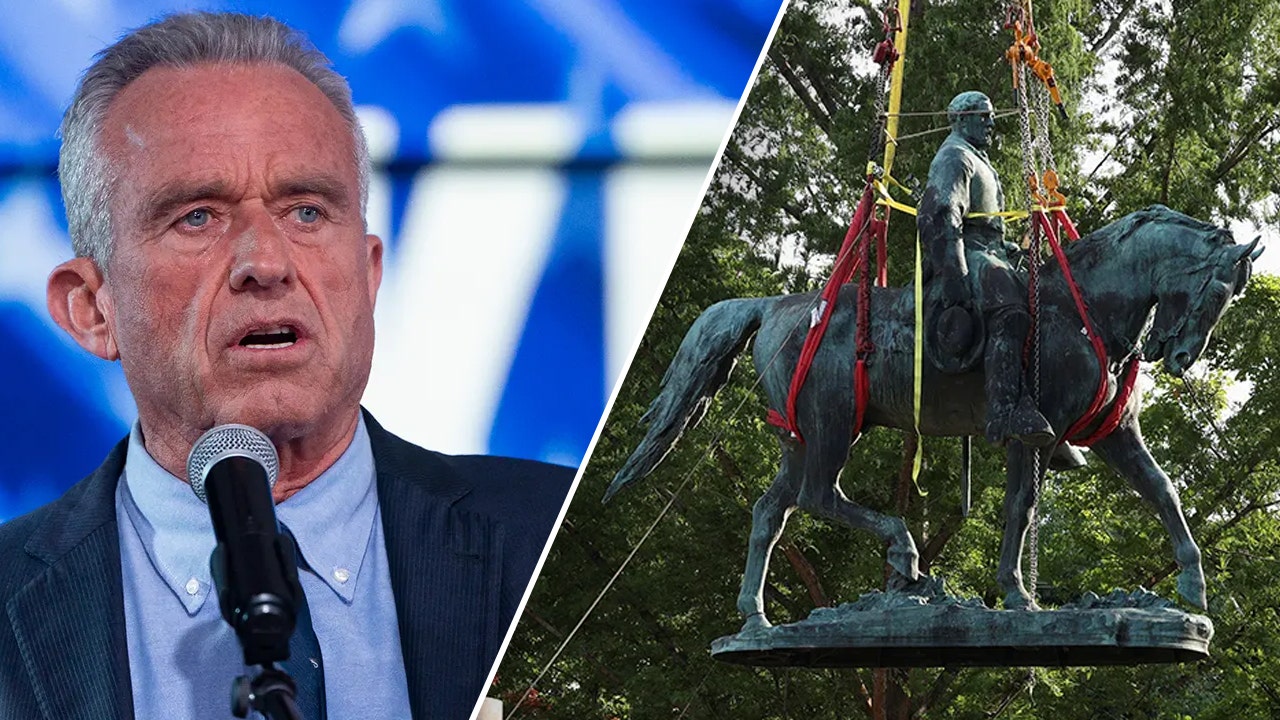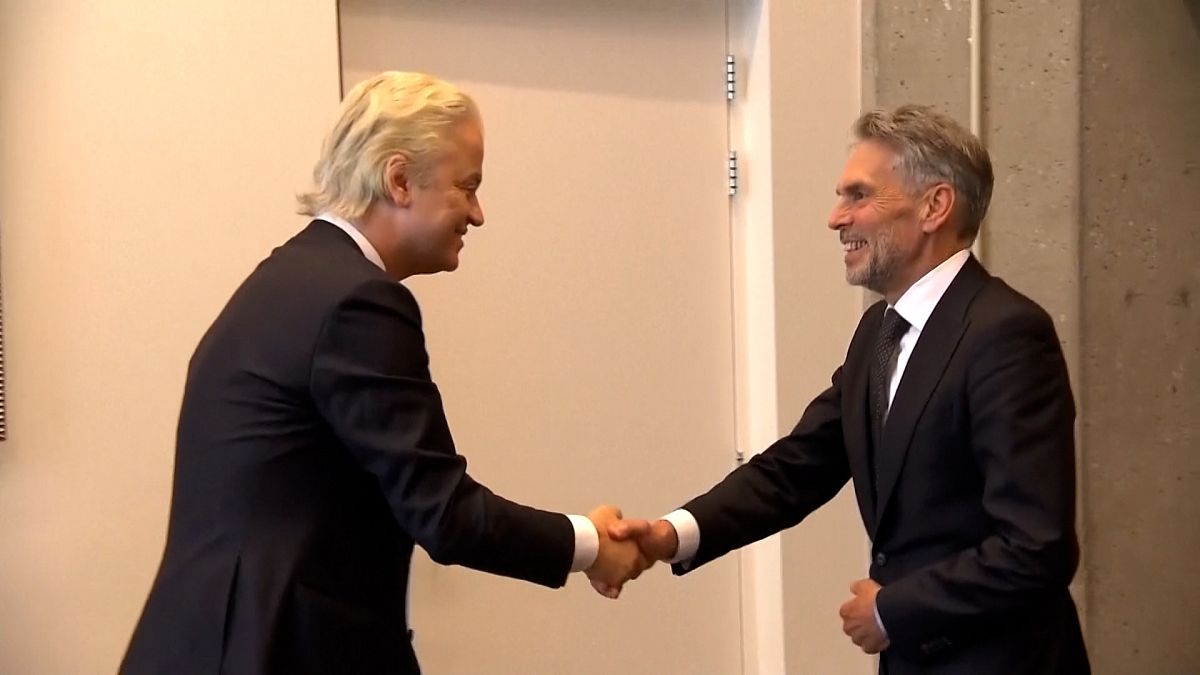Louisiana
A Louisiana reader confronts tsundoku: Danny Heitman

Thanks to the internet, which is always teaching me new things, I’ve learned a new word this month. It’s tsundoku, a Japanese term for the habit of piling up reading material without getting around to reading it.
What a lovely word, and so meaningful for me since it points a sharp finger at my own pile of unread books. I can see the stack right now as I write this, hoping the tall column of volumes does not, like a literary Tower of Babel, collapse across the keyboard before I finish this sentence. I won’t take you, title by title, through that yard-high backlog of books awaiting my attention. I will only say that it’s various, ranging from the 18th century Englishman Horace Walpole’s “Selected Letters” to Tish Harrison Warren’s “Liturgy of the Ordinary” to John McPhee’s “Tabula Rasa.”
Is tsundoku especially bad in Louisiana, where a lot of us tend to live in the same place a long time? Moves can nudge you to thin out libraries, and I’m inclined to think that living at the same address for three decades, as I have, is a temptation to keep too much.
One of the great dodges of a packrat, of course, is to point to someone else who hoards even more than you do. In that spirit, I’ll mention Jill Lepore, the Harvard history professor and staff writer at The New Yorker whose personal library runneth over. When I googled her the other day, my new item of vocabulary, tsundoku, quickly came to mind. A picture of Lepore in The Harvard Crimson reveals a workplace where books have spilled from their shelves and colonized every surface, the whole room a republic of words.
All of which has made me wonder if a truly full life is inevitably like this, as insistent in its plenitude as a river spilling its banks. Lepore is on my mind these days because I’ve been reading “The Deadline,” her new collection of essays. The essays are as varied as her intellect, which ranges over everything from Rachel Carson to presidential politics to the trials and ecstasies of motherhood. Her title, “The Deadline,” points to the basic reality of a writer’s life — namely, that however grand your ideas, they’ll seldom reach an audience if you can’t deliver them on time.
This is probably the best thing about these essays — how they meet the reader at street level, always grounding themselves in the tangible, the essential, the real. There’s a lovely essay about Lepore’s mother, who carried an easel and brushes in her car just in case she spotted something worth painting on her errands. “I never knew anyone better prepared to meet with beauty,” Lepore writes.
Lepore’s essays are equally open to possibility, even when they deal with difficult subjects. Although it’s time for me to purge my pile of books, I suspect that “The Deadline” will be a keeper.
Email Danny Heitman at danny@dannyheitman.com.

Louisiana
New Law Mandates People Back Up If Police Ask You To

Governor Jeff Landry has signed a bill into law that requires that if asked to do so by a police officer to back up at a crime scene you must do so according to Louisiana Radio Network.
Governor Jeff Landry says he signed the bill because it helps to keep police officers safe while they are doing their jobs.
Police officers often find themselves in potentially dangerous situations. By asking individuals to stand back, officers can maintain a safe distance from potential threats and have a clearer view of their surroundings. This helps them to better assess and control the situation.
State Representative Brian Fontenot
The legislation authored by Representative Brian Fontenot is designed to enhance the ability of police officers to perform their duties safely and effectively by legally mandating that individuals must stand back when requested. This contributes to the overall safety of crime scenes and aids in the proper administration of justice.
Unless you are involved in the crime scene, when you are asked to back up you will need to move 25 feet away from the scene.
Fontenot says he was motivated to file the bill during the legislation session because violence against police officers is on the rise, and this gives them more space to do their jobs.
Fontenot says,
There was a delicate balance of finding a safe distance for police officers doing their job and the person being affected an arrest on.
If you fail to do what the offer’s asks you to do, the penalty can be up to 60 days in jail or a fine of up to $500.
American Civil Liberties Policy Strategist Stephanie Willis says they are worried about what kind of impact this law will have on a citizen’s ability to hold police officers accountable. She also says this violates a person’s 1st amendment rights. It is likely that the law will be tested in court.
Willis says
Having the ability to observe police interaction is fundamental in our constitution and it’s one of the ways we can hold police officers and law enforcement accountable.
State Representative Edmond Jordan
In addition to Willis, State Representative Edmond Jordan of Baton Rouge told WBRZ says he is critical of the bill because he believes it will make it harder to monitor police.
He says,
If you have to be 25 feet away, you’re not going to be able to help bring some type of change. You need to see and be able to report. I just think it’s a bad law. I think we need to challenge it. I think we need to fight it.
Last year, Governor John Bel Edwards said he wouldn’t sign the bill because he believed it was unconstitutional.
The ACLU of Louisiana did issue a statement this week about Governor Landry signing the measure into law:
The twenty-five-foot buffer legislation fundamentally seeks to curtail Louisianians’ ability to hold police accountable for violence and misconduct. If law enforcement officers were operating in a manner that safeguarded the well-being and constitutional rights of the public, there should be no objections to being observed. Moreover, HB 173 is impractical to enforce consistently and will exacerbate tensions in any situation involving law enforcement. We denounce the passage and signing of this legislation and urge our communities to stay vigilant and safe in response to these developments.
Those in support of the bill point out that the majority of police departments have body cameras.
LOOK: What major laws were passed the year you were born?
Data for this list was acquired from trusted online sources and news outlets. Read on to discover what major law was passed the year you were born and learn its name, the vote count (where relevant), and its impact and significance.
Gallery Credit: Katelyn Leboff
Louisiana
Heart of Louisiana: Acadian portrait

LAFAYETTE, La. (WVUE) – A Lafayette artist has come up with a unique way to help people connect with their Cajun ancestors.
Portrait artist Ceci Neustrom began a project 10 years ago to paint family portraits of Louisiana’s original Acadian settlers, using their descendants as models.
Dave McNamara shows how Neustrom goes about her work in the Heart of Louisiana.
For more, visit the Heart of Louisiana archive here.
See a spelling or grammar error in our story? Click Here to report it. Please include the headline.
Subscribe to the Fox 8 YouTube channel.
Copyright 2024 WVUE. All rights reserved.
Louisiana
Officer catches massive python in Louisiana

-

 Movie Reviews1 week ago
Movie Reviews1 week ago‘The Substance’ Review: An Excellent Demi Moore Helps Sustain Coralie Fargeat’s Stylish but Redundant Body Horror
-

 Movie Reviews1 week ago
Movie Reviews1 week ago‘Rumours’ Review: Cate Blanchett and Alicia Vikander Play Clueless World Leaders in Guy Maddin’s Very Funny, Truly Silly Dark Comedy
-

 Culture1 week ago
Culture1 week agoFrom Dairy Daddies to Trash Pandas: How branding creates fans for lower-league baseball teams
-

 News1 week ago
News1 week agoVideo: A Student Protester Facing Disciplinary Action Has ‘No Regrets’
-

 World1 week ago
World1 week agoPanic in Bishkek: Why were Pakistani students attacked in Kyrgyzstan?
-

 Politics1 week ago
Politics1 week agoAnti-Israel agitators interrupt Blinken Senate testimony, hauled out by Capitol police
-

 Politics1 week ago
Politics1 week agoMichael Cohen swore he had nothing derogatory on Trump, his ex-lawyer says – another lie – as testimony ends
-

 News1 week ago
News1 week agoCity of Kyle falls short of ‘Kyle’ world record















